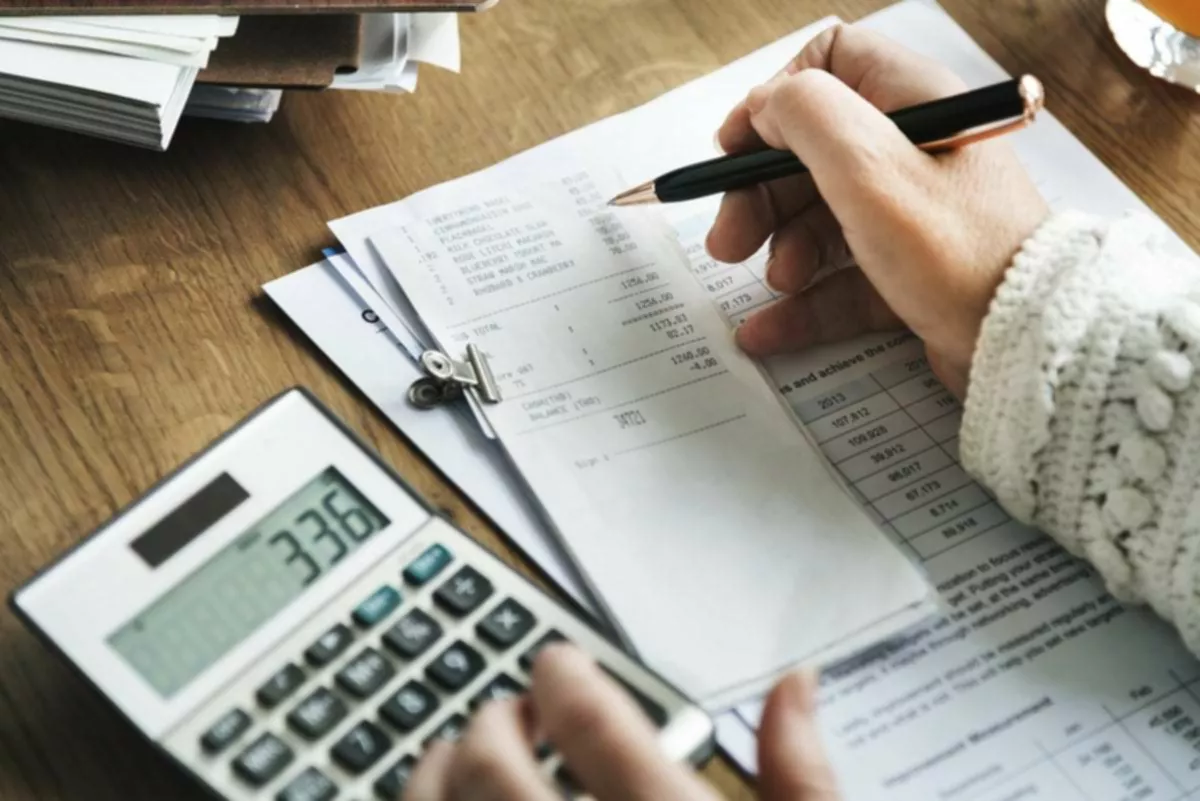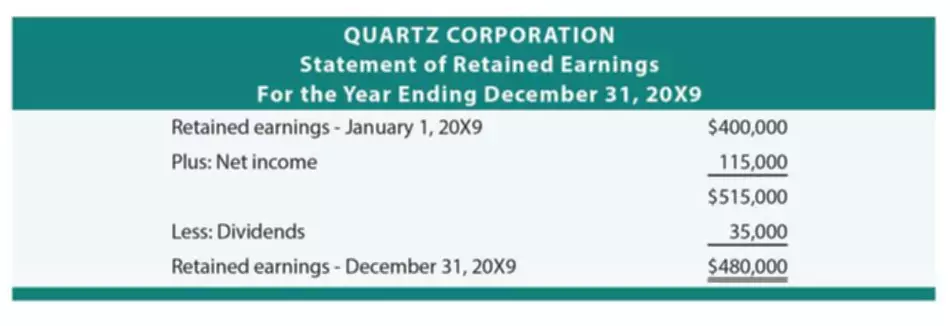Content

Third-party research and tools are obtained from companies not affiliated with TD Ameritrade, and are provided for informational purposes only. TD Ameritrade does not guarantee its accuracy, completeness, or suitability for any purpose, and makes no warranties with respect to the results to be obtained from its use. Please consult other sources of information and consider your individual financial position and goals before making an independent investment decision. Diversification does not eliminate the risk of experiencing investment losses.
- On March 16, 2009, FASB proposed allowing companies to use more leeway in valuing their assets under “mark-to-market” accounting.
- When the debt markets froze during the fall of 2008, FASB released a staff paper clarifying the application of fair value accounting to illiquid markets.
- If you want to revoke your trading-as-a-business status, IRS permission is needed by filing Form 3115 to request the dissolution of trader status.
- A trader would not file Form 8949 for the elected account; instead, Form 4797 should be filed.
- Nor do we want to hide bank losses from investors and delay the cleanup of toxic assets—as happened in Japan in the decade after 1990.
When trading assets are classified as Level 3, because of illiquid markets or for other reasons, financial executives are allowed to value them by “marking to model” instead of marking to market. In marking assets to model, executives may use their own reasonable assumptions to estimate fair market value. Financial Accounting Standards Board eased the mark to market accounting rule.
Why is Mark to Market Needed?
Although the bank does not sell the bond, the left side of its balance sheet will show a $100,000 decrease in assets, and the right side will show a corresponding $100,000 decrease in equity . This decrease will also flow through the bank’s income statement and be reported as a $100,000 pretax quarterly loss. Permanent impairments of assets happen frequently under historical cost accounting. In 2008 alone, Sandler O’Neill & Partners reports, U.S. banks wrote down more than $25 billion in goodwill from acquisitions that were no longer worth their purchase price. In an example outside the banking field, Cimarex Energy declared a loss for the first quarter of 2009, despite an operating profit, owing to a noncash impairment charge of more than $500 million against its oil and gas properties.

Goodwill is an intangible asset recorded when one company acquires another. It concerns brand reputation, intellectual property, and customer loyalty. Britannica celebrates the centennial of the Nineteenth Amendment, highlighting suffragists and history-making politicians. While this global health crisis continues to evolve, it can be useful to look to past pandemics to better understand how to respond today. The site, texts, images, designs, pictures, sounds, photographs, animation, and videos together with their layout and more generally all the items contained on this website are the sole property of DSP Asset Managers Pvt.
How To (Really) Build A Passive-Income Empire Through Real Estate
Favorable risk based capital treatment does encourage banks to hold HQLA, but I don’t think it plays a big role here. SVB’s peer groups didn’t gorge on HQLA, and I don’t think medium sized banks are very constrained on that metric. The exchange now pays the profit of $1 in the mark-to-market to the holder. When a firm is required to show some of its assets at fair value, some call this process mark-to-market. These calculations are made on a mark-to-market basis to reflect the current position of each transaction. Credit risk managers have traditionally remained focused on current exposure measurement (i.e., current mark-to-market exposure, plus outstanding receivables) and collateral management.
What is the difference between P&L and MTM?
Mark To Market (MTM) is the unrealized profit or loss made during the day on the open positions of the futures segment. The MTM profits shown cannot be considered to be accurate as only the day's P&L is shown and not the overall positional P&L.
The Sarbanes-Oxley Act also implemented harsher penalties for fraud, such as enhanced prison sentences and fines for committing fraud. Although the law was created to restore investor confidence, the cost of implementing the regulations caused many companies to avoid registering on stock exchanges in the United States. The most infamous use of mark-to-market in this way was the Enron scandal. Fair value accounting has been a part of Generally Accepted Accounting Principles in the United States since the early 1990s, and is now regarded as the “gold standard” in some circles.[which? In trading and investing, certain securities, such as futures and mutual funds, are also marked to market to show the current market value of these investments. Enron was a conglomerate that specialized in energy production and commodities, eventually transitioning into certain financial services .
More from Charles Schwab
The mark-to-market process involves calculating the difference between the entry price of the contract and the current market price of the contract and settling the profit or loss in the trader’s account. This is done to ensure that traders have enough margin in their account to cover the potential losses from their open positions. Even if regulators were to further unlink bank capital calculations from financial results under fair value accounting, bankers would still be concerned about the volatility of quarterly earnings.

Its broker-dealer subsidiary, Charles Schwab & Co., Inc. , offers investment services and products, including Schwab brokerage accounts. Its banking subsidiary, Charles Schwab Bank, SSB , provides deposit and lending services and products. Access to Electronic Services may be limited or unavailable during periods of peak demand, market volatility, systems upgrade, maintenance, or for other reasons. And traders, who also invest using longer-term strategies, may want to have a separate account in which they hold positions for capital appreciation or dividend income. A trader would not file Form 8949 for the elected account; instead, Form 4797 should be filed. The NAV of a mutual fund is calculated by having all the securities and investments marked to market.
What is Mark-to-Market Accounting?
For other investments, finding the current value requires complex modeling. Banks have a wide range of options to raise cash, but all those options depend on the market value of a bank’s assets. A bank could sell an assets outright at market value, or borrow against it. There is a range of lenders that are willing to lend secured to a bank, ranging from private investors to Federal Home Loan Banks to the Fed’s discount window. A significant amount of unrealized losses means that a bank has less potential cash to meet withdraws. An exception is the Fed’s new facility, which is willing to lend against the face value of Treasuries and Agencies.
What is marked to market with example?
Description: Mark-to-market is a tool that can change the value on either side of a balance sheet, depending on the conditions of the market. For example, stocks that an individual holds in his/her demat account are marked to market every day.